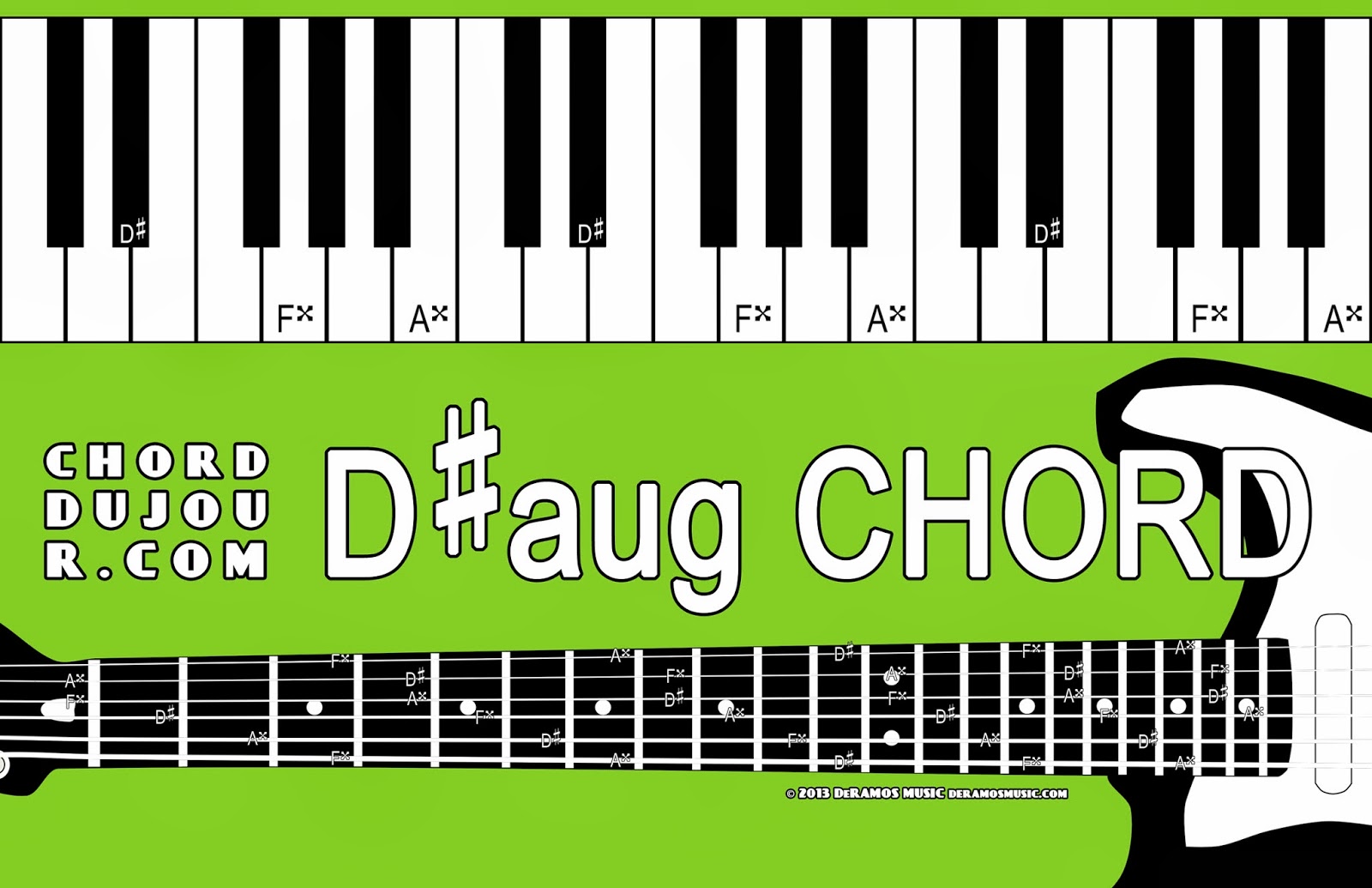
These extensions are supposed to sound tense and create tension, so if they sound “weird” to you, not a problem. These chords can be used over any dominant 7th chord in your comping to create extra tension, but if you’re new to these sounds start with using them in minor keys.įor example, if you have a minor ii V I chord progression (Dm7b5-G7-Cm7), you can use altered extensions over the G7 chord. In this section you look at dominant chords with altered extensions. Dominant Chords with Altered Extensionsīesides the normal extensions (9-11-13), dominant chords can handle altered extensions as well, such as b9, #9, #11, and b13. Major 13 chords contain both the 7 and the 6 (=13), as opposed to major 6 chords, where the 7 is omitted.Ĥ. When a 6 and a 7 are both present in a major chord, it becomes a major 13 chord. In a major 6 chord, the 6 replaces the 7: Major 6 chords and major 6(9) chords, the first two types of extended chords in this set, are different from the extended chords that follow because they don’t contain a 7.Īll the other extended chords (such as maj9), contain the 7th in their construction. Keep that in mind, and notice which notes are replaced as you add these fun chord shapes to your harmonic vocabulary. With a soft tone, these chords are highly effective when comping in a duo, trio, or larger ensembles.Įxtended chords use intervals outside of the root, 3rd, 5th, and 7th in their construction.īecause of this, we often describe these chords as more “colorful “ compared to more basic jazz guitar chords.īecause we don’t have 10 fingers to play chords as a pianist would do, guitarists have to leave some notes out when adding extended notes to their chord shapes. Since these shapes are lower on the neck than other chord shapes, you need to keep your tone in mind so you don’t clash with the bass player in your playing. These three-note chords contain the root, 3rd, 7th (or the 6th) of each chord.īecause of this, you hit the essential chord tones for each shape, and mostly on the lower string sets. Shell chords (aka guide tone chords) are often referred to as Freddie Green chords, as he used them to create his iconic rhythm sound with the Count Basie band. Here are 10 great songs to practice and apply these chords to:

Start by learning one shape for each chord type then take those changes to a jazz tune you know or are working on. You will learn smaller shapes in the next section, which are easier to play, but these four-note shapes drill the sound of jazz into your ears better than the smaller shapes. These shapes contain both drop 2 and drop 3 chords in root position, which is the best place to get started playing jazz guitar chords. The first group of jazz chords is called “basic”, but they should really be described as “essential”. By moving the chord shapes up or down the guitar neck, you get other chords of the same chord type.įor example: move the chord shape of a Cmaj7 vocing 2 frets higher and it becomes a Dmaj7 voicing. Most of the chords on this page are of the movable type (not the open chords though). The O symbol at the left side of the chord diagram indicates that those strings are played open. This means that most of the chords on this page cannot be strummed, but should be played fingerstyle, with your thumb and first 3 fingers of the right hand. The X symbol at the left side of the chord diagram indicates that those strings are not to be played. The numbers (1, 2, 3, and 4) at the right side of each chord diagram indicate which fingers to use to fret the chord.

The numbers inside the black circles indicate the chord tone. The black circles are the other notes of the chord. Most chords in this dictionary have a C root. Quartal Chords Based on the C Dorian Scale (String Set 1-2-3-4)Ī red circle represents the root (aka 1) of the chord.Quartal Chords Based on the C Dorian Scale (String Set 2-3-4-5).Minor 7b5 Inversions (Drop 3) – A-String Bass Note.Minor 7b5 Inversions (Drop 3) – E-String Bass Note.Minor 7b5 Inversions (Drop 2) – D-String Bass Note.Minor 7b5 Inversions (Drop 2) – A-String Bass Note.Minor 7 Inversions (Drop 3) – A-String Bass Note.Minor 7 Inversions (Drop 3) – E-String Bass Note.Minor 7 Inversions (Drop 2) – D-String Bass Note.Minor 7 Inversions (Drop 2) – A-String Bass Note.Dominant 7 Inversions (Drop 3) – A-String Bass Note.Dominant 7 Inversions (Drop 3) – E-String Bass Note.Dominant 7 Inversions (Drop 2) – D-String Bass Note.Dominant 7 Inversions (Drop 2) – A-String Bass Note.Major 7 Inversions (Drop 3) – A-String Bass Note.

Major 7 Inversions (Drop 3) – E-String Bass Note.



 0 kommentar(er)
0 kommentar(er)
